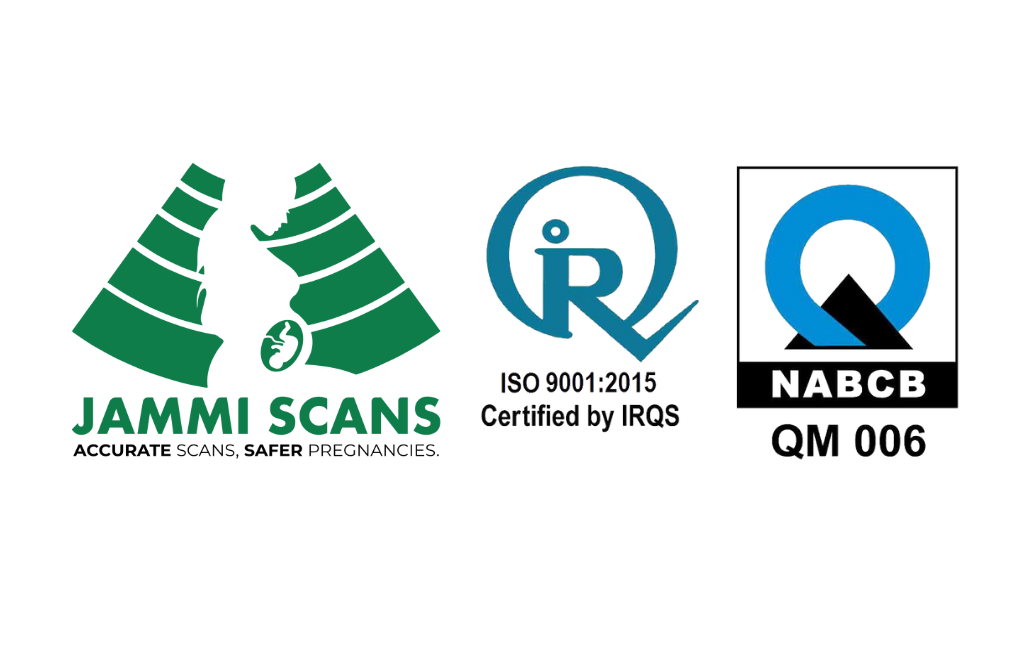If a mother is pregnant again and her last baby arrived via cesarean section, she may wonder if a vaginal birth could be an option for her this time around. A vaginal birth after C-section (VBAC) is possible for many women, but there are factors to help a mother and her doctor decide if it’s right for her.
Safety for the mother and her baby is the main thing to consider. VBAC is not always safe for every woman.
If a mother tries to have a vaginal birth and she is at high-risk pregnancy complications, it can lead to serious problems for her and the baby; some are even life-threatening.
That’s why it’s important that the mother talks to her doctor about the risks.
Table of Contents
ToggleHow Is The Mother’s Health?
For a mother and her doctor to consider a vaginal birth for her, both the mother and the baby need to be in good health.
She might even be able to attempt VBAC if she is pregnant with twins , if her doctor says that all of them are healthy enough.
The doctor may suggest that VBAC is too risky for her to succeed at vaginal birth. Risks could include any of the following:
1) Obesity – the mother’s body mass index is 30 or higher
2) Pre-eclampsia – the mother has high blood pressure during pregnancy
3) Age of the mother (usually older than 35)
4) The mother’s previous cesarean was in the last 19 months
5) The baby is very large
6) The mother’s previous C-section scar
One important detail that the mother and her doctor must discuss is the type of C-section scar that she has on her uterus.
This may be the same type of scar that she has on her abdomen, but it may go in a different direction.
Doctors generally make incisions, cuts in the abdomen and uterus, in two different directions during a C-section:
1) A vertical cut which goes from top to bottom
2) A transverse cut which goes from side to side
If the mother’s C-section scar is vertical, she cannot attempt VBAC.
There is a very high risk that her scar could rupture (burst open or tear) when she tries to have a vaginal birth, which could cause great harm to the mother and her baby. She will need to have a C-section again.
If the mother’s C-section scar is low and transverse, the doctor might allow her to try VBAC, if her other risk factors are low.
Low Risk vs. No Risk
There is a minimal chance for every woman who attempts VBAC that their uterus could rupture, even if they have a low transverse C-section scar and is in good health.
Doctors cannot be 100% certain whether or not VBAC may happen to the mother.
Though uterus ruptures happen in very less VBAC attempts, some mother do not want to try it at all, because if it occurs, it can be very dangerous.
A mother needs to weigh her options and talk to her doctor before she decides what to do.
Benefits of VBAC
If VBAC is an option for a mother and she likes the idea of trying a vaginal birth, there are many reasons she might want to give it a chance.
There is a good chance that she may succeed: About 70% of women who try are able to have their babies via vaginal birth.
For the rest, a C-section is needed, due to problems that arise during the attempt.
A mother may want to attempt VBAC for many reasons because if it is successful, it has the following benefits:
1) It does not require surgery
2) There is less blood loss
3) A mother can recover faster
4) Chance of infection is low
5) The mother is may not suffer injury to her bladder or bowel
6) The mother is likely to have fewer problems with future childbirth
Chennai Women’s Clinic is now Jammi Scans





